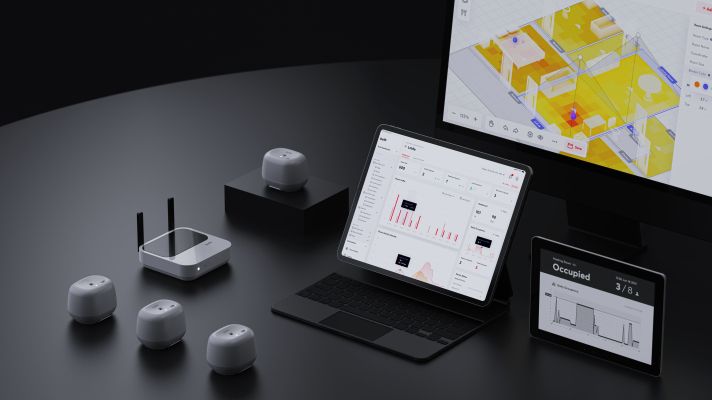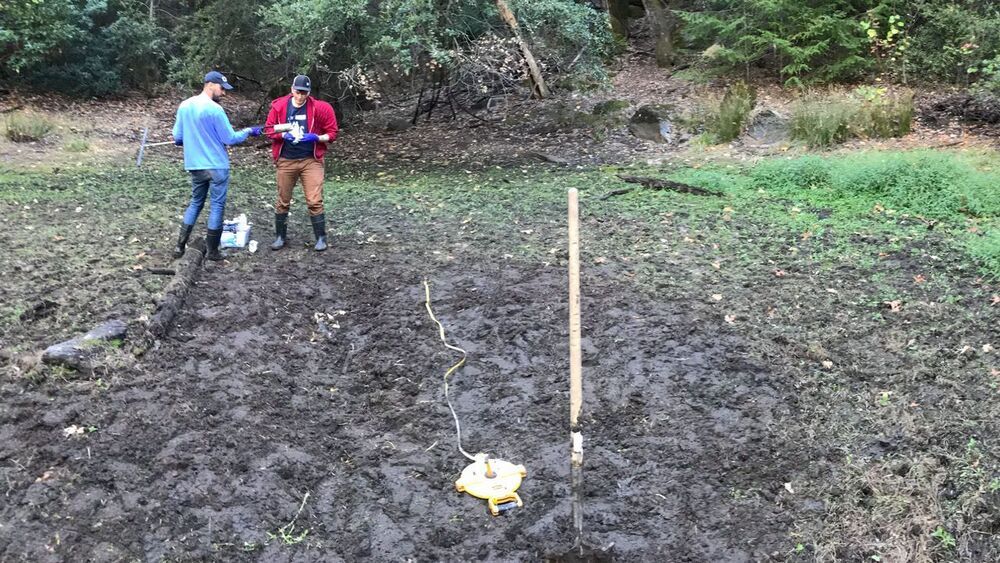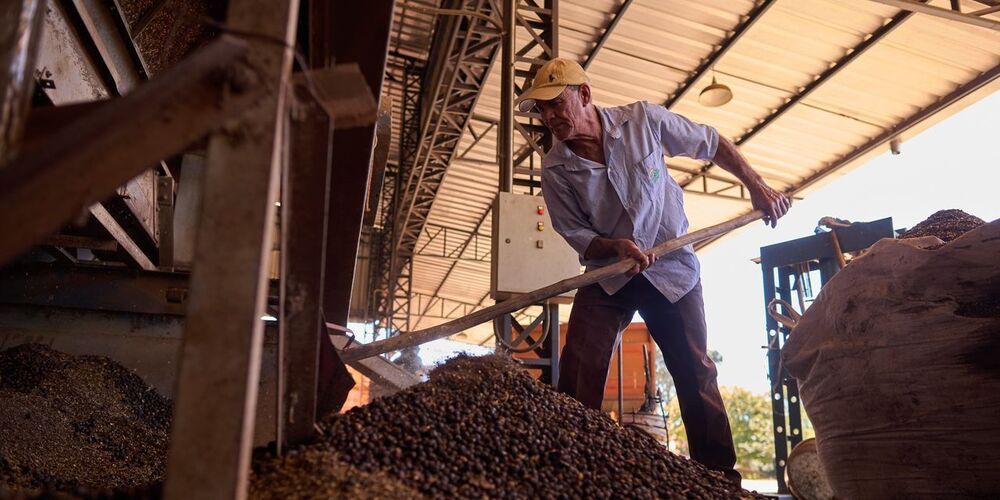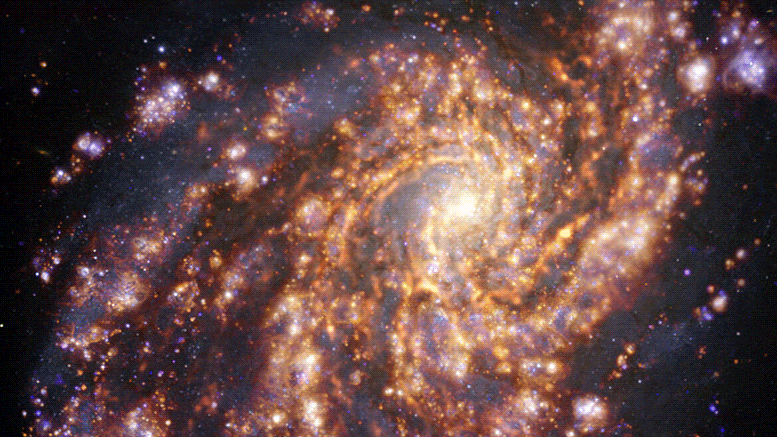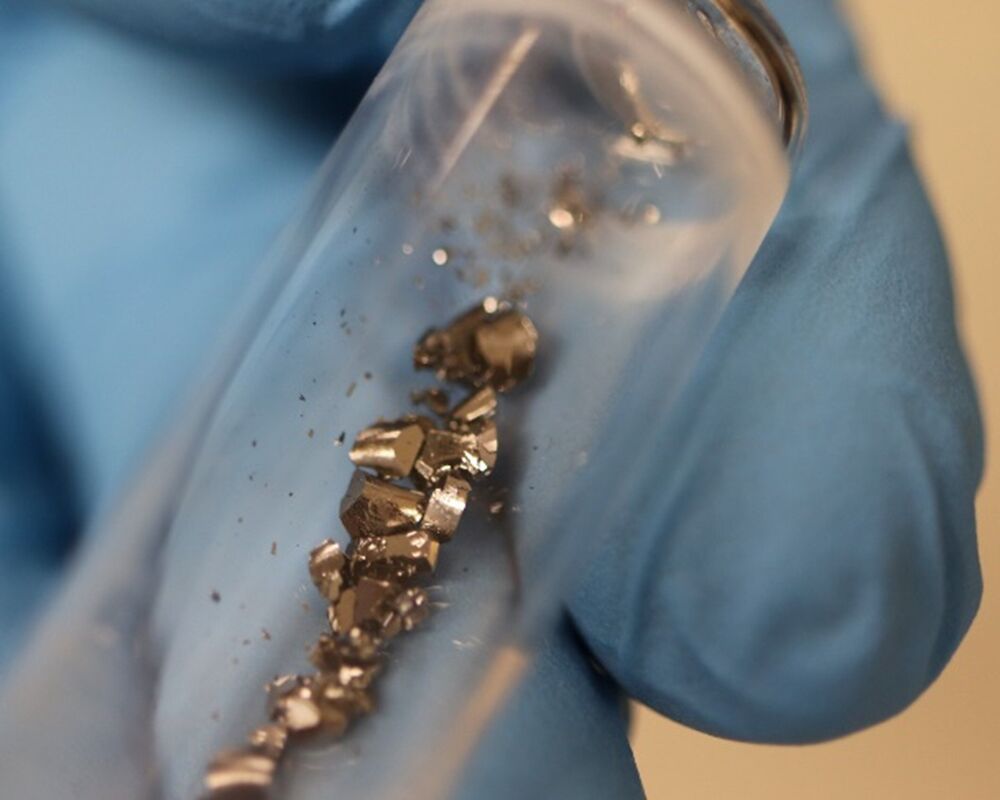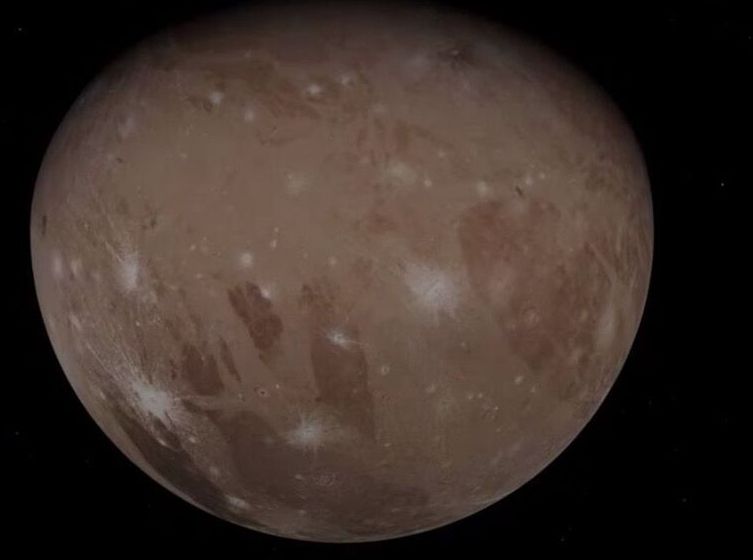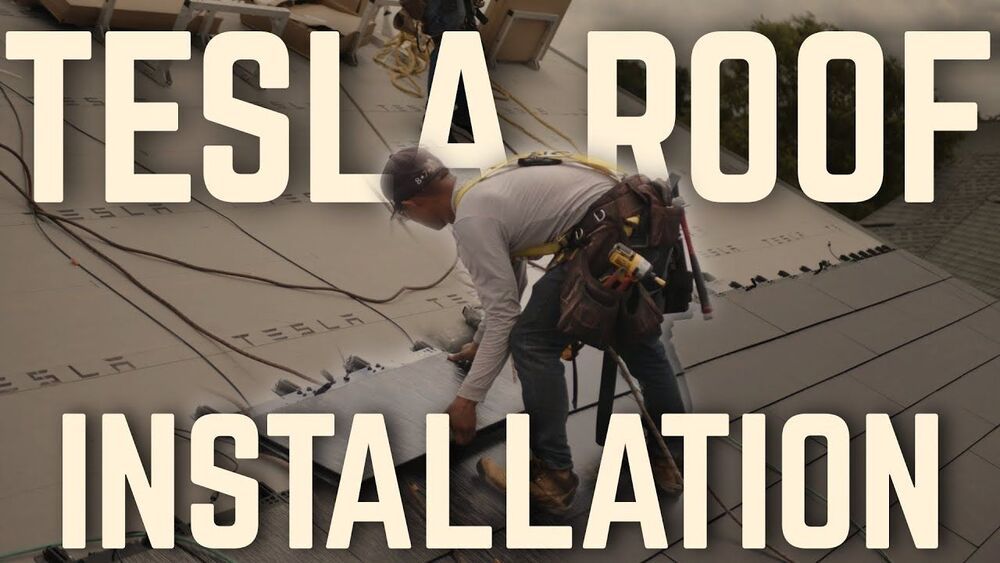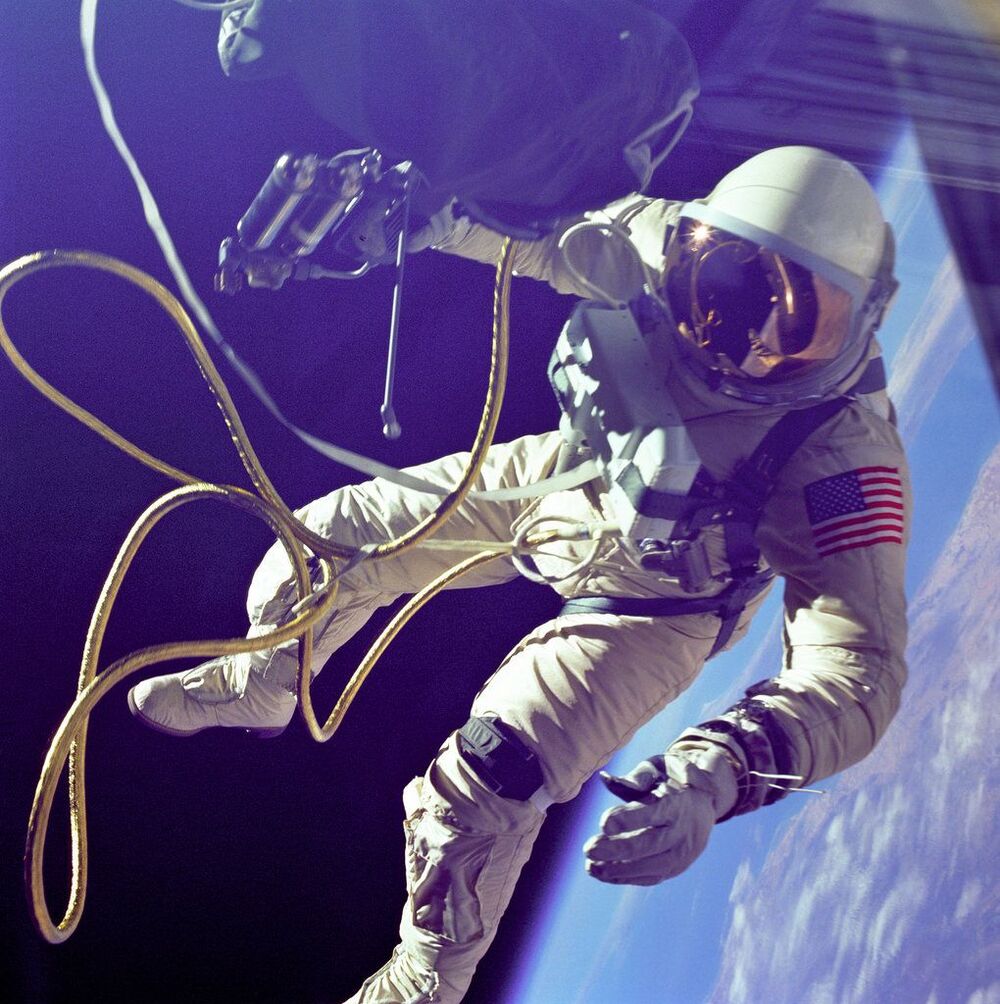A new $7.9 million seed round boosts Butlr Technologies’ ability to apply its real-time people-sensing technology beyond commercial real estate and retail uses to monitor falls and other movements for active seniors who are aging in place.
Hyperplane led the round, with Founder Collective, Union Labs, 500 Startups, SOSV, E14 Fund, Tectonic Ventures, Scott Belsky, Chad Laurans and Sunny Vu participating.
The new funding comes one year after the Burlingame, California-based proptech company raised $1.2 million in convertible notes, which is included in the $7.9 million. It is developing a platform and Heatic sensors that detect someone’s body heat anonymously to determine occupancy, headcount and activity.
